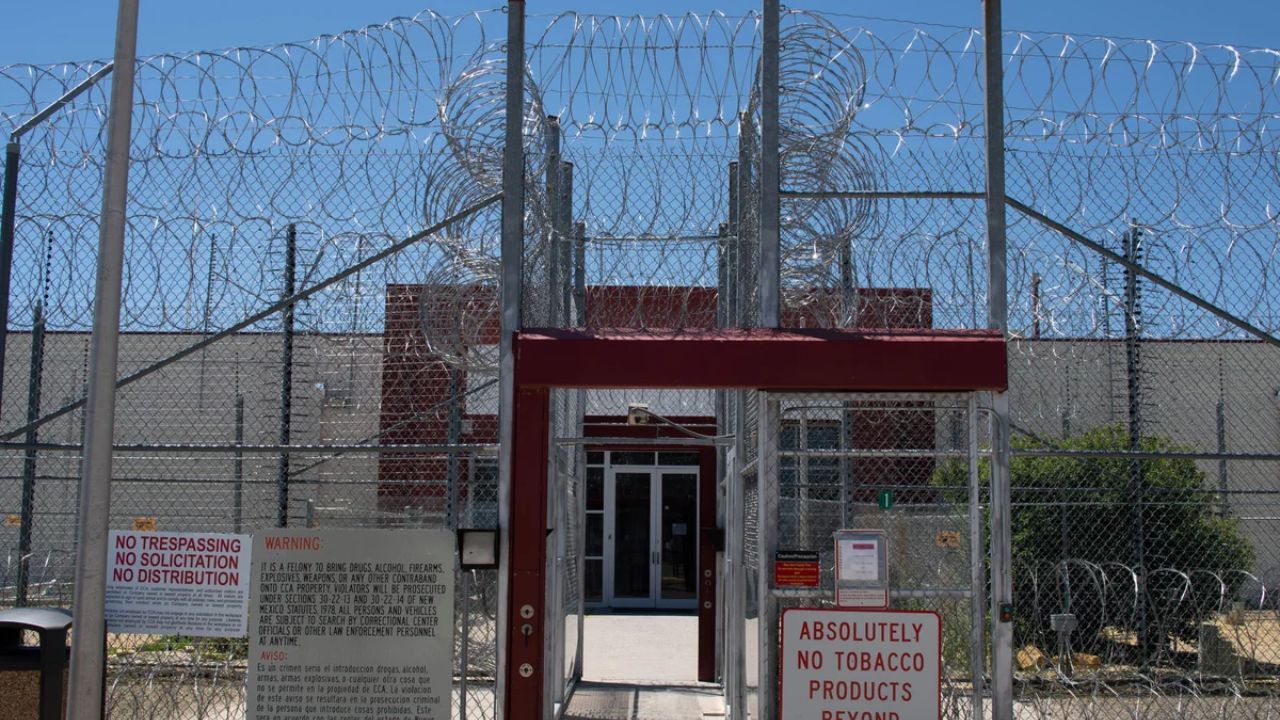Starting from September 30, 2025, Social Security payments will undergo significant changes. These changes are part of broader reforms that President Donald Trump’s administration is pushing through for the Social Security system.
While some of the proposed changes, such as eliminating taxes on benefits, still require legislative action, there are six key changes already set in motion, one of the most impactful being the shift away from physical checks.
The Shift to Direct Deposit
One of the biggest changes to Social Security payments is the end of most paper checks. As of September 30, 2025, the Social Security Administration (SSA) will no longer send out physical checks to most beneficiaries.
Instead, the primary method of payment will be direct deposit, where funds will be deposited directly into the beneficiaries’ bank accounts.
This change is designed to improve the payment process by making it faster, safer, and more efficient. For many beneficiaries, this will mean quicker access to their payments without needing to go to the bank to deposit a check.
Direct deposit also reduces the risk of lost or stolen checks, something that has been a concern for many individuals relying on paper-based payments.
Why is This Change Happening?
The shift to direct deposit is part of a larger trend toward digitalization within the government. By eliminating most paper checks, the SSA aims to save costs on printing, mailing, and processing checks.
This is expected to reduce administrative costs significantly. Moreover, eliminating paper checks helps minimize the potential for fraud or theft, which can occur when checks are lost or stolen in transit.
In addition, the change helps beneficiaries by providing faster and more reliable access to their payments. Many individuals rely on these payments for essential living expenses, and having them deposited directly into a bank account ensures they can access their money immediately, without waiting for checks to arrive in the mail.
Exceptions for People Without Bank Accounts
There will be exceptions to the direct deposit rule for individuals who do not have bank accounts. At present, it is unclear exactly how these cases will be handled.
The SSA has not provided specific guidance on the steps those without bank accounts will need to take after September 30, 2025, to continue receiving their Social Security benefits.
The SSA is expected to provide further details as the deadline approaches, outlining alternative payment methods for those who do not use direct deposit.
For now, beneficiaries who do not have bank accounts should consider starting the process of opening one or contacting the SSA for further assistance.
Why It’s Important to Set Up Direct Deposit?

For those who do not yet have direct deposit set up, it’s crucial to do so before the September 30 deadline. Setting up direct deposit ensures that Social Security payments will be automatically deposited into your bank account, preventing any delays or disruptions in receiving your benefits.
Beneficiaries who have not yet registered for direct deposit can do so easily by contacting the SSA or visiting the SSA’s website.
The process of setting up direct deposit is simple and typically only takes a few minutes, but beneficiaries should act sooner rather than later to avoid any last-minute issues.
The Digital Shift: Impact on Beneficiaries
This move to digital payments is part of the ongoing push for digital transformation across government services. While direct deposit offers many benefits, it also requires beneficiaries to have access to a bank account.
For those without an account, setting up one can be a challenge, especially for older individuals or those living in rural areas with limited access to banking services.
The SSA has made it clear that it is committed to ensuring that all beneficiaries continue to receive their payments, even if they do not have a bank account. While specific alternatives have not been detailed yet, the SSA is expected to provide a solution for these individuals.
For beneficiaries who have concerns about setting up direct deposit, they can reach out to the SSA or their bank for assistance.
Most banks are willing to help individuals navigate the process, and the SSA offers support to those who need it. In addition, many community organizations are also available to provide guidance and support to people who need help setting up direct deposit.
The Benefits of Direct Deposit for Beneficiaries
Direct deposit offers a variety of benefits to Social Security recipients. First and foremost, it allows for quicker access to funds.
Instead of waiting for a paper check to arrive in the mail, beneficiaries can have their payments deposited directly into their bank accounts, often on the same day they are issued. This can be particularly important for individuals who need their payments to cover urgent expenses like rent or medical bills.
Additionally, direct deposit eliminates the risk of lost or stolen checks. Beneficiaries no longer have to worry about waiting for a check to arrive or tracking it down if it gets lost in the mail. The money is automatically deposited into their account, which makes the process more secure.
Moreover, direct deposit reduces the administrative costs of processing paper checks, which ultimately saves taxpayer dollars. This money can be put toward other initiatives or used to improve the efficiency of the SSA.
Preparing for the Change
With the deadline of September 30, 2025, quickly approaching, Social Security recipients need to prepare for the upcoming changes. Here are a few steps beneficiaries can take now to ensure a smooth transition:
- Set up Direct Deposit: If you have not already done so, now is the time to set up direct deposit with the SSA. You can do this by visiting their website or contacting your bank for assistance.
- Open a Bank Account: If you do not have a bank account, now is the time to open one. Many banks offer free checking accounts, and having a bank account will ensure you continue to receive your payments without disruption.
- Stay Informed: Keep an eye on official SSA announcements as the deadline approaches. They will provide important updates and details about how exceptions will be handled for those without bank accounts.
- Reach Out for Help: If you need assistance with setting up direct deposit or opening a bank account, don’t hesitate to reach out to the SSA, your bank, or community organizations that may be able to help.
Conclusion
The shift to direct deposit for Social Security payments marks a major step toward digital modernization and efficiency. While it will offer faster, safer, and more reliable payments for most beneficiaries, it also presents challenges for those who do not have bank accounts.
Beneficiaries should act now to ensure they are prepared for the changes that will take effect after September 30, 2025. By setting up direct deposit or making arrangements with the SSA, Social Security recipients can ensure they continue to receive their benefits without disruption.
Disclaimer- Our team has thoroughly fact-checked this article to ensure its accuracy and maintain its credibility. We are committed to providing honest and reliable content for our readers.






